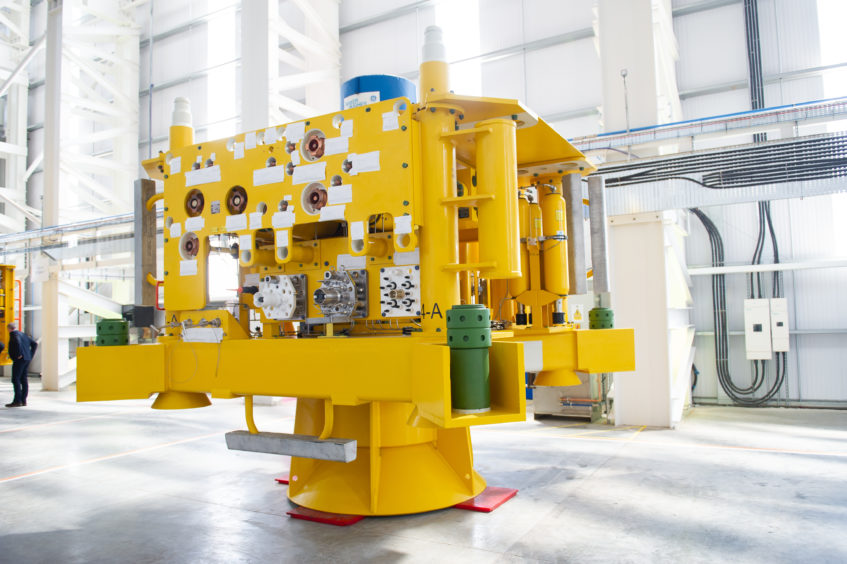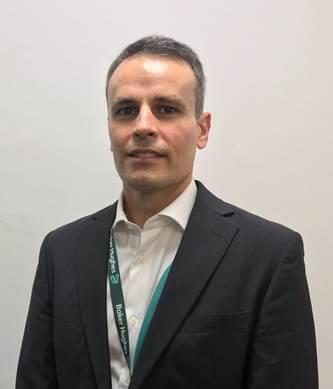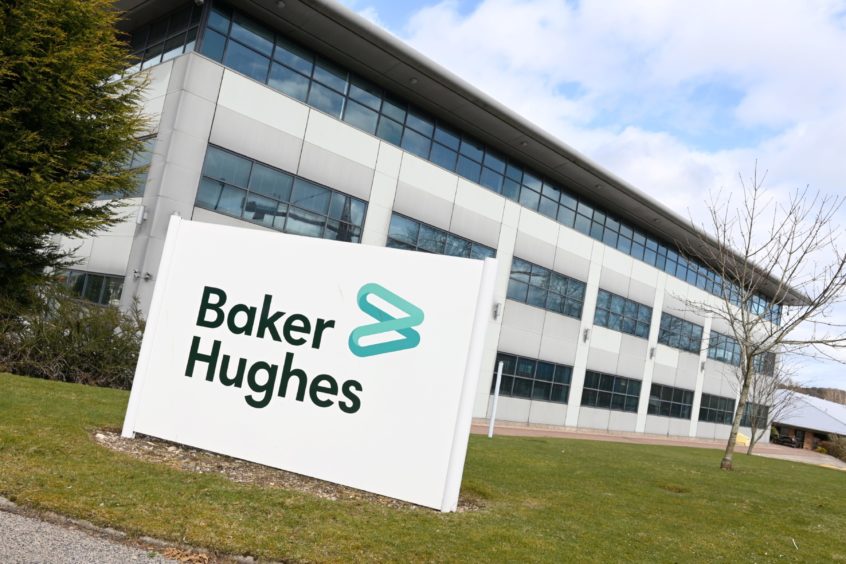
Subsea experts and innovators are eager to contribute to the global energy transition by leveraging the technology, people, competencies and financial muscle developed over many decades at the cutting edge of offshore development and operations.
Hard-won experience will of course benefit emerging sectors such as carbon capture and renewables; it will further open the door to a leading role in the new horizons represented by next-generation net-zero technologies.
But the skills, expertise and proven dedication will also help to transform the oil and gas so vital to powering our planet as we shift towards a new era – making the industry safer, faster and lighter with a reduced emissions profile and a lower carbon footprint.
And as we face up to the challenges ahead, leading subsea businesses, including energy technology company Baker Hughes, are committed to being part of the solution, to contributing our significant capacity as we accelerate the pace of the necessary transition in front of us.
Building blocks of success
The single greatest resource of any company is its people. The subsea sector is privileged to be represented by a deep and dedicated pool of personnel that can simultaneously facilitate transformation in oil and gas and deploy functional, practical knowledge to meet the low-carbon challenge.
It is a career with a bright future and massive opportunities: a global key industry working at the forefront of the energy transition. And, as with Baker Hughes’ graduate programme Aspire, it boasts an established training pedigree with employers of choice.
Subsea, additionally, boasts significant financial heft. An unrivalled team combined with scale and reach provides the investment environment necessary to achieve change, drive growth, and fuel transition. Because ambition – whether in technology, development or deployment – is impossible without a solid fiscal foundation.
Technology is also crucial. A wide range of expertise – for instance across subsea tress, wellheads and flexible pipe – are directly translatable to next-generation heavy-hitters such as carbon capture, use and storage. Other strands of subsea will help to serve the renewables revolution as it gathers pace, particularly in the offshore sector.
But also essential will be maximising the efficiencies and minimising the impacts of oil and gas operations, both in terms of new infrastructure and through optimisation of existing installations.
Future-proofing subsea
The mantra of ‘safer, faster, lighter’ extends to a range of innovations designed specifically to meet the evolving needs of subsea oil and gas. At Baker Hughes, these include our Subsea Workover Control System (SWOCS), Modular Tooling and the 7.2 Light Well Intervention System.
SWOCS is a fully integrated multi-field and multi-mode system designed to cover all types of well access and XT operations and interfaces. It boasts a lower topside footprint as well as more vessel options and flexibility, is easily reconfigurable to scope change – and offers a single system to control all equipment, with fewer interfaces.
The innovation streamlines long-term asset utilisation, offers increased efficiencies through a less complex umbilical design, and simplifies overall system deliveries and costs – resulting in increased production, optimised infrastructure, and a lower carbon footprint.
Modular Tooling is designed to interface with Baker Hughes and third party XTs, and not only reduces the number of specific tools required but improves the capability of operations and contributes to lower CO2 emissions. The approach rethinks P&A campaigns by merging tree running tools, tubing hanger running tools and handling tools into a single hardware suite, which can be considered for full life of field requirements.
The 7.2 LWI System, meanwhile, offers live well interventions in deep water, which in a recent 10-well campaign in the Gulf of Mexico resulted in production increases of 300% while reducing costs. The riserless campaign notched zero lost incidents or accidents and zero delays to operations.
And not only does LWI reduce well planning cycles and eliminate dependency on previous intervention methodologies, but it provides improved recovery at the lowest economic cost – with all that means for overall emission reductions.
Poised, primed and in position
There is of course no silver bullet to solve the global energy transition, no easy answers in the necessary journey to our joint low-carbon future – and it is counterproductive to portray the solutions required as binary.
Subsea oil and gas has an enviable record of innovation, expertise and experience working in the most demanding environments, and under the most difficult of conditions – including pandemics and market downturns, among others – for more than 50 years.
The sector is committed to facilitating the changes required across the industry: maximising efficiencies in both existing and future developments, and deploying a ‘faster, safer, lighter’ approach that will reduce emissions during the transition ahead.
But subsea, led by companies such as Baker Hughes, is also dedicated to providing the muscle and brains required to meet the challenges of the next-generation energy landscape: translating proven solutions to emerging green sectors, developing the disruptive technologies required to reach net zero, transforming the carbon landscape.
It will require dedication from the people in the industry and competencies both established and evolving; it will require buy-in from the professionals of tomorrow, and a willingness to put our collective shoulders to the wheels of change.
The journey ahead also depends on technological innovation across existing and emerging sectors, and will require a significant level of investment along with the financial know-how to put that to work.
Subsea in general, and Baker Hughes in particular, is perfectly positioned – with the necessary skills, the right people, and the appetite for change – to impact positively the trajectory of the global energy transition.
Recommended for you

 © Supplied by Baker Hughes
© Supplied by Baker Hughes © DCT Media
© DCT Media